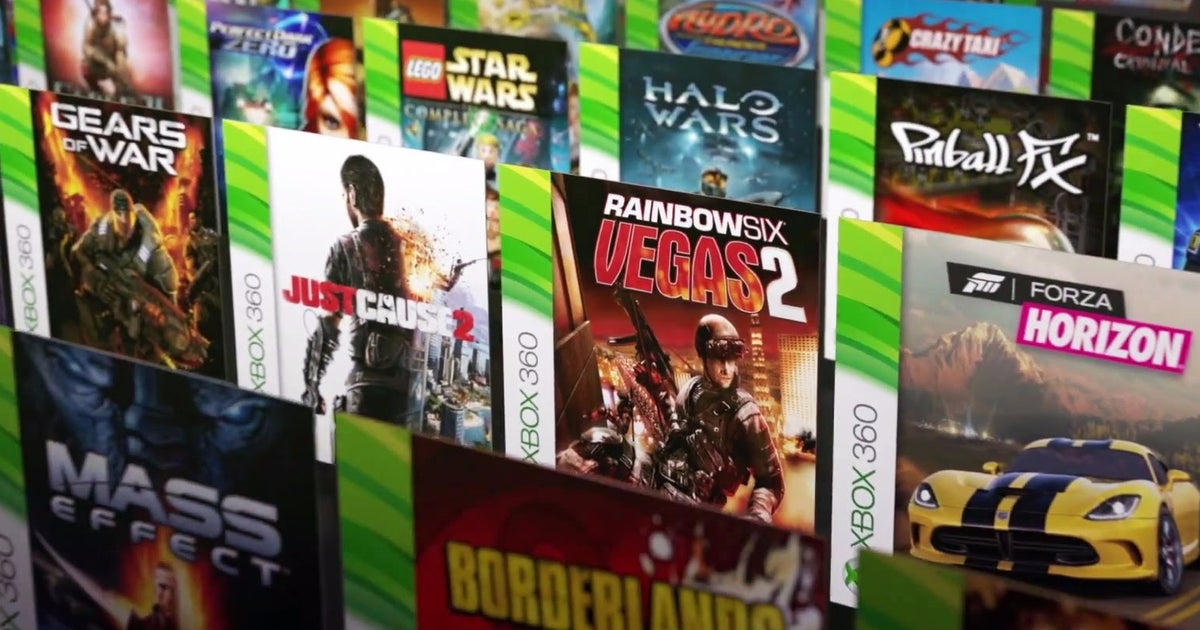First off I guess the question should be "can' Sony switch to Direct X and still keep backwards compatibility with previous generations?
They could, but they'd also lose out on the advantages of tight vertical integration, and would maybe need to implement hardware features they would otherwise consider redundant, just to meet Direct X certification.
It would not be too dissimilar to Sega providing Windows CE library compatibility with the Dreamcast, though at the time Microsoft was not a platform holder competitor, which made that choice much easier. Even so, Windows CE had a lot more overhead to it than the Sega libraries for DC, and the games that pushed the system the most (for the time where it was a viable commercial product, which was short-lived so we never got to see its full potential but anyway...), avoided MS's Windows CE tools.
Secondly, would it be wise for Sony to look at doing it?
Probably not, considering again that MS is a direct competitor to them in the console space.
Microsoft has really pushed DX12 to the forefront of PC game development. With the introduction of the GDK they have made it alot easier for developers to make the game on both Xbox and PC at the same time. This integration will mean that the PC and Xbox will be the lead platform instead of PS.
This has literally not happened nearly as much as you want to pretend it has. There is theoretical marketshare, and ACTUAL marketshare, and the two are vastly different. Theoretically, PC & Xbox Series have more marketshare than PS5. In practice, 3P games barely sell that much more, or even less, on PC than they do on PS5, and they sell FAR less on average on Xbox Series than PS5. That's in spite of the theoretical marketshare advantage for Xbox & PC.
Additionally, GDK only recently got better; you must have forgotten earlier on in the generation where many multiplats ran worst on Series X and the main culprit people ran to were the "tools", aka the GDK. The GDK makes it easy to deploy builds for different platforms that support DX12U, but it doesn't completely make the process of optimization arbitrary or automatic for deployment onto those platforms.
Meanwhile, developing a multiplat with PS5 is not going to suddenly ramp up the challenge in porting to PC. Most dev engines are API-agnostic, or at least they can adapt parts of their engine to better work with specific API libraries. Sony provides all the tools necessary to facilitate PS5 software development for 3P developers, they also provide technical assistance if required. In effect, both PS5 and Xbox Series are leveraging the same CPU and GPU architectures, and the bottleneck you seem to think would be in place for PS5 would have to hinge itself on the presence of wildly different computing architectures at the core of its design, which is not the case.
We also saw Microsoft get deep in bed with AMD with the development of RDNA 2 architecture, and I would expect this to continue into the future.
Uh, so did Sony.
Both companies had teams working closely with AMD on RDNA 2 design, primarily for their own specific consoles. MS boasts DX12U having full compatibility with RDNA 2, but that doesn't mean RDNA 2 is a "DX12U GPU". It simply supports the full DX12U featureset, but not at the expense of other APIs like Vulkan, which are also 100% supported.
Direct RT, Direct ML, VRS, SF, Direct Storage, Mesh Shaders was done together, while Sony was forced to work their own solutions, giving them less of these features in the PS5.
Nvidai also fully supports DX for those same functions.
"Forced" is a funny way to put it, because that isn't accurate. All of the things you mentioned there are in relation to Microsoft's brand for DX12U features, aside from Mesh Shaders. That is to say, those are the marketing terms MS uses for the API features specific to their DX12U development package. You don't
NEED DX12U to get RT on RDNA 2 GPUs, or to leverage low-precision ML math on RDNA 2 GPUs. However, if you
want to use Microsoft's APIs, then you can perform those tasks through Direct RT and Direct ML.
VRS is AMD's thing and is supported in both software and hardware formats. It's similar to FSR, which we know is also supported in both software and hardware (meaning virtually any system can use it, though those with hardware-level support may do it a bit easier). Mesh Shaders, again, are
NOT exclusive to Microsoft; it's a technology in relation to a compute-driven graphics pipeline that simplifies some of the steps normally associated with the fixed-function pipeline, while allowing for more flexibility. It also hasn't really been used yet in most any commercial games.
However, the PS5 IS capable of Mesh Shading; it's just that its design is optimized for Primitive Shaders. Similarly, the Xbox Series ARE capable of Primitive Shading, but their designs are tweaked for Mesh Shading. Mesh Shaders are a standard feature of RDNA 2 designs and PS5 IS a RDNA 2-derived design, same as Xbox Series, so the idea that it doesn't support Mesh Shaders is ridiculous at the very least.
If Sony did adopt DX it would help them with hardware support from AMD, help them with making sure any multiports are not second Rate and will help devs with not having to work on a separate Sony solution as well.
And in return, Sony would be ceding even more of their development pipeline ecosystem to reliance upon Microsoft, weakening Sony's ability to provide more non-standard solutions to 3P development partners that might work better than what MS is able to develop at a specific point in time. It also can weaken Sony's ability to curry favor with 3P partners in terms of software deals for their consoles, as vertical integration is weakened.
That last point, is actually part of what I see as the bigger push for MS when it comes to Azure and GamePass; GamePass seems more like a trojan horse means for them to rope in more gaming-centric Azure cloud clients. In turn, that will net more 3P developers into their overall Microsoft technologies ecosystem and trickle down to favored benefits for services like GamePass and platforms that support the service, like Xbox consoles.
It's the main reason why (IMO) Sony should reconsider their MOU with Microsoft if they haven't already, and enter a strategic partnership with Google instead for their cloud servers and Stadia in the event they need mass-scale expansion at a global level in a relatively short period of time. Keep in mind, this wouldn't just be for PS+ services, but also tech support, PS Store, cloud-based software development environments for 3P developers to remote access (something Mark Cerny, Jade Raymond and members of Haven have talked a bit about earlier this year), software hosting, database storage etc.
I'm sure Sony could have both their own and Direct X APIs in the PS6, and I am sure Microsoft would let them use Direct X.
What think ye?
I mean sure, Sony could do both, but why further enable a direct competitor who is also trying to buy a massive 3P publisher off the market and may look into buying even more in the future if circumstances allow it?
It would be different if at least Microsoft were no longer manufacturing Xbox consoles to directly compete with Sony, but that isn't the case now is it?


